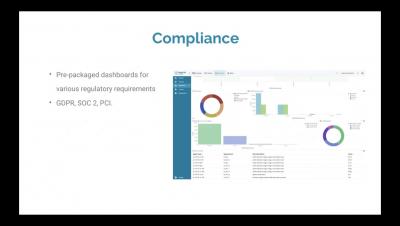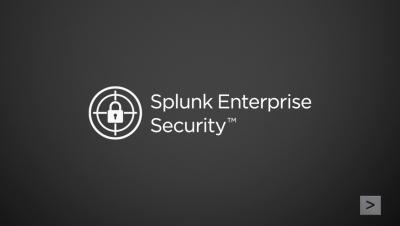SIEM vs. Security Analytics
SIEM has been with us for almost two decades now and is seen as a proven approach to dealing with potential threats as well as actual attacks on business critical systems. But today, it is becoming clear that changes in IT infrastructure and deployment practices are giving rise to new challenges that cannot be met by existing SIEM platforms.










